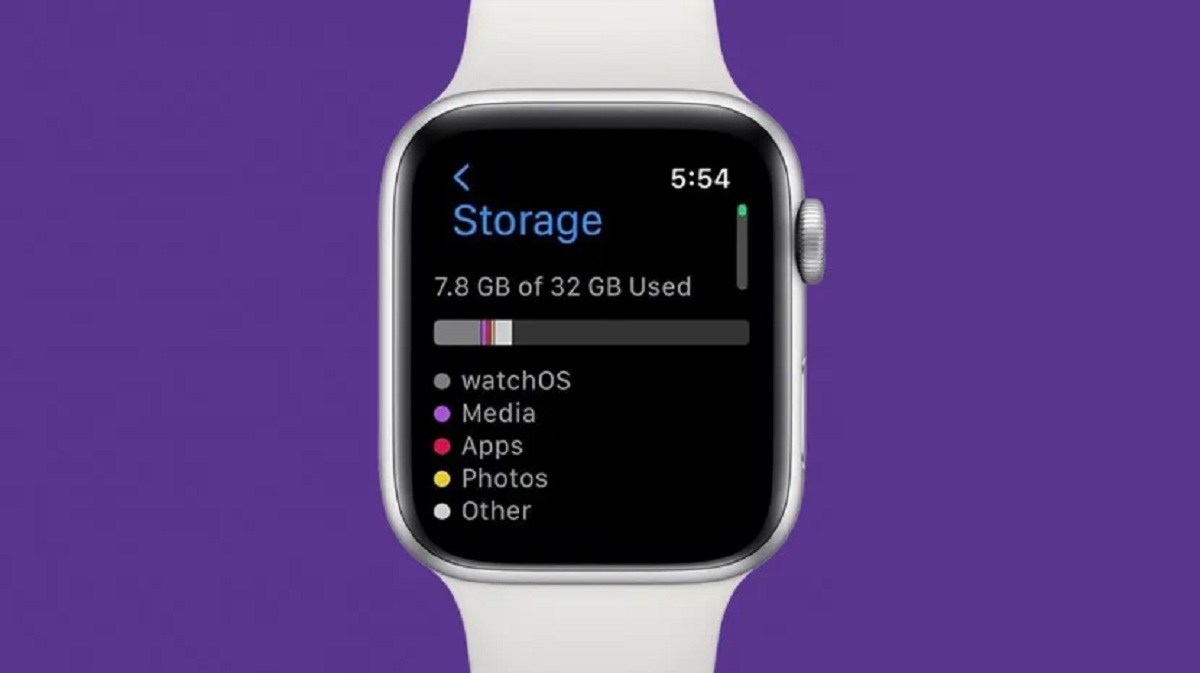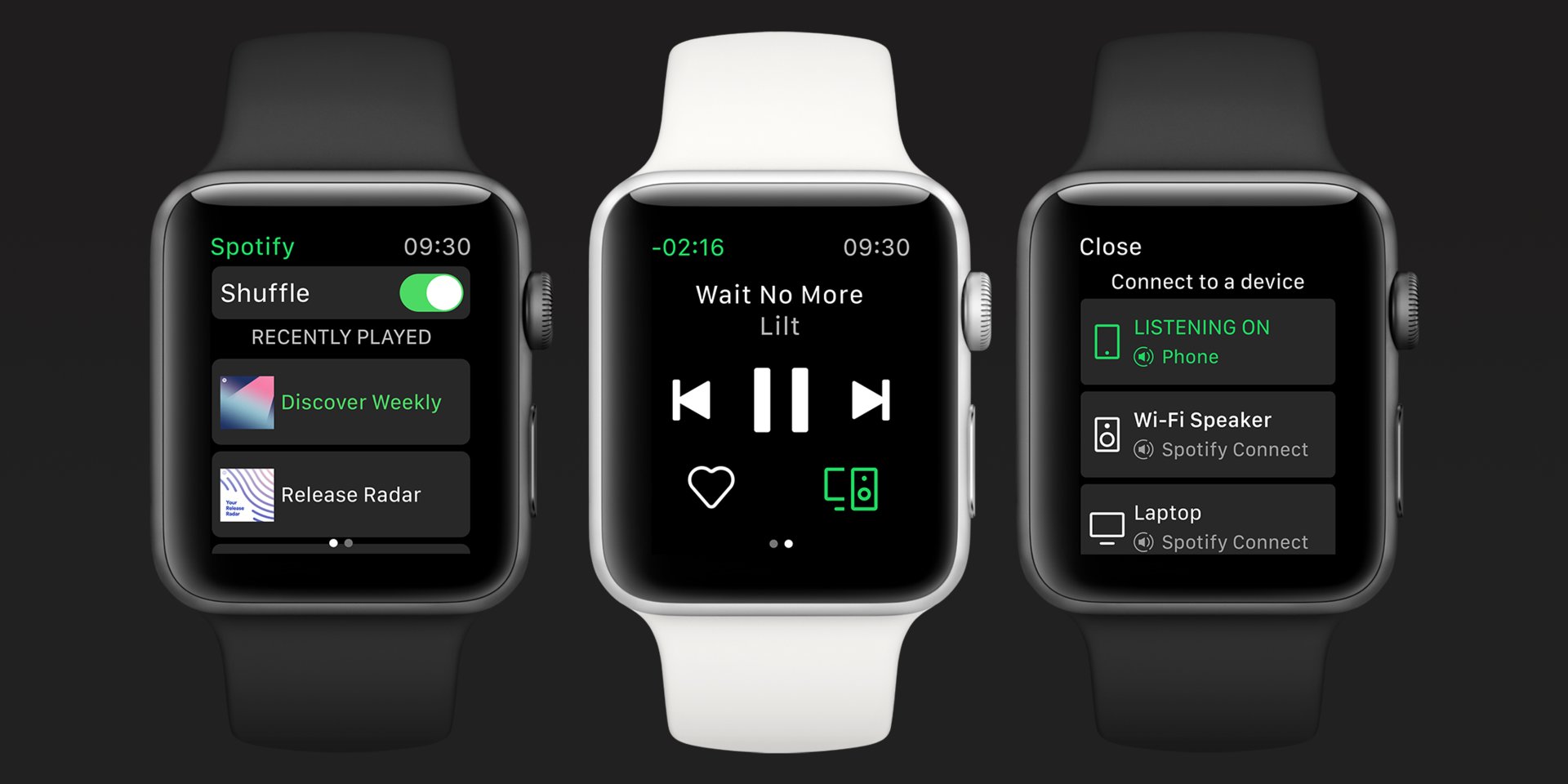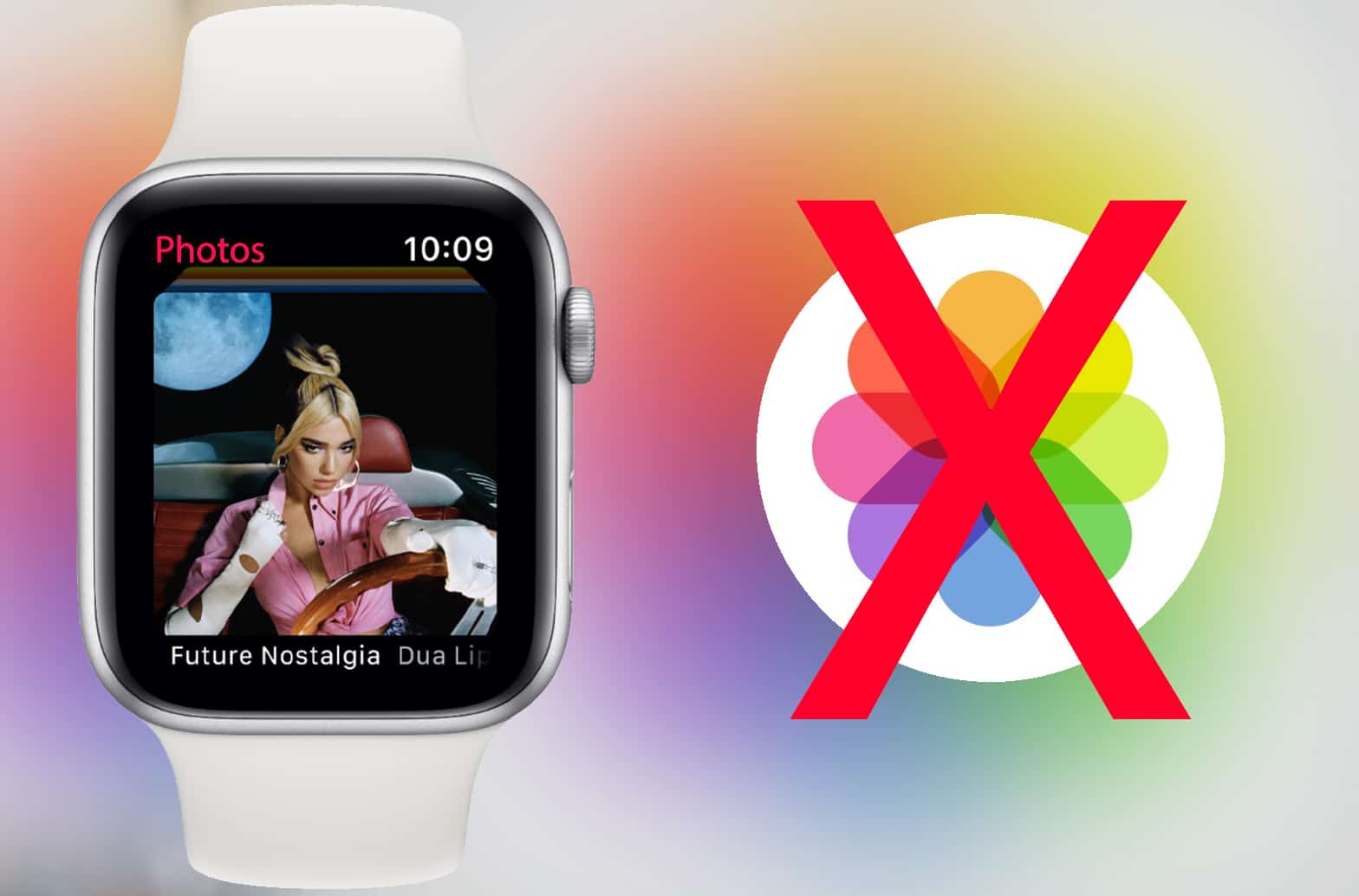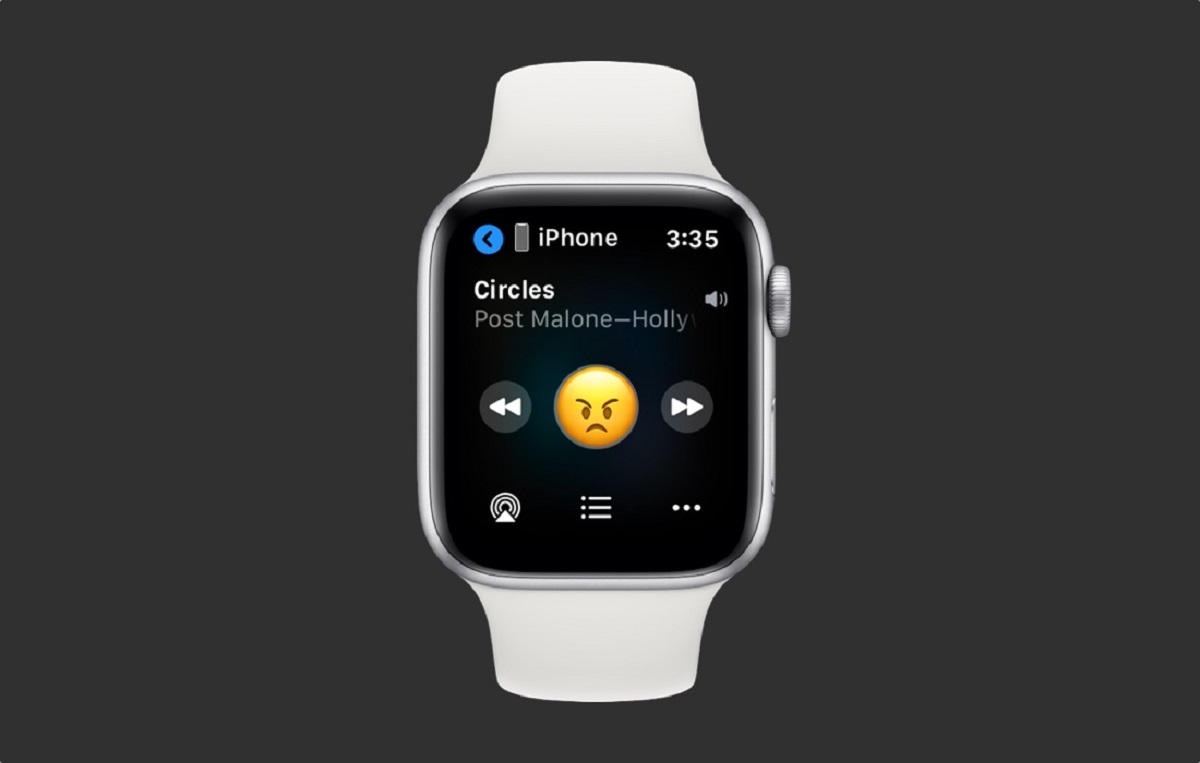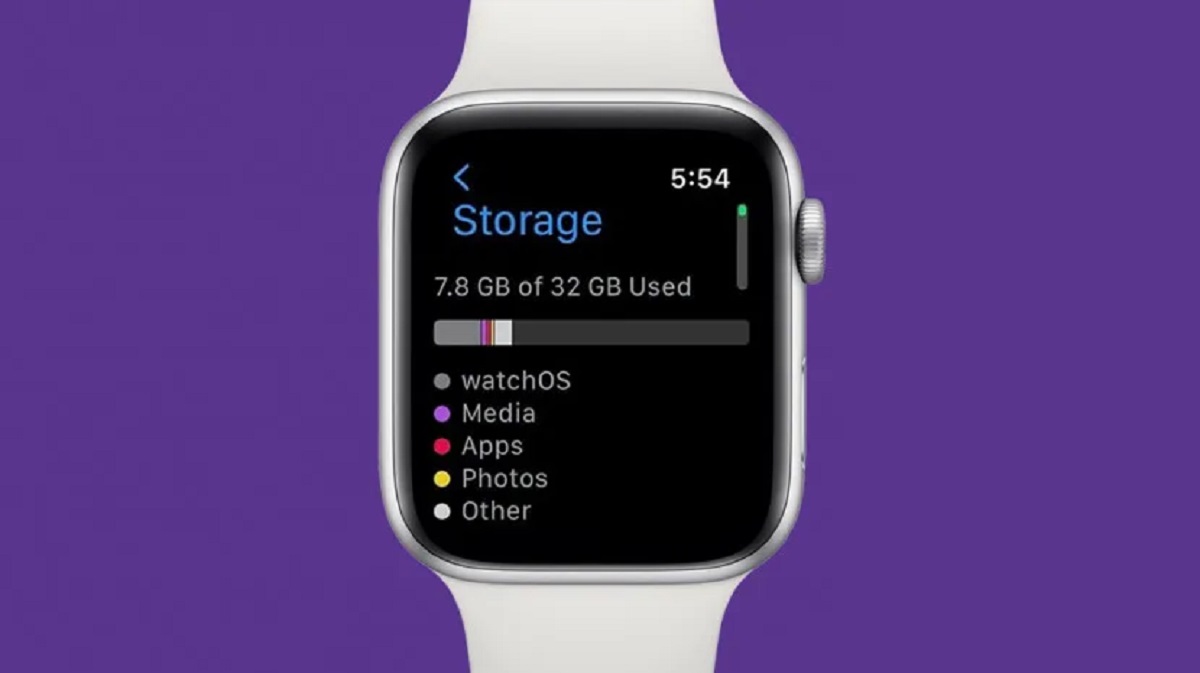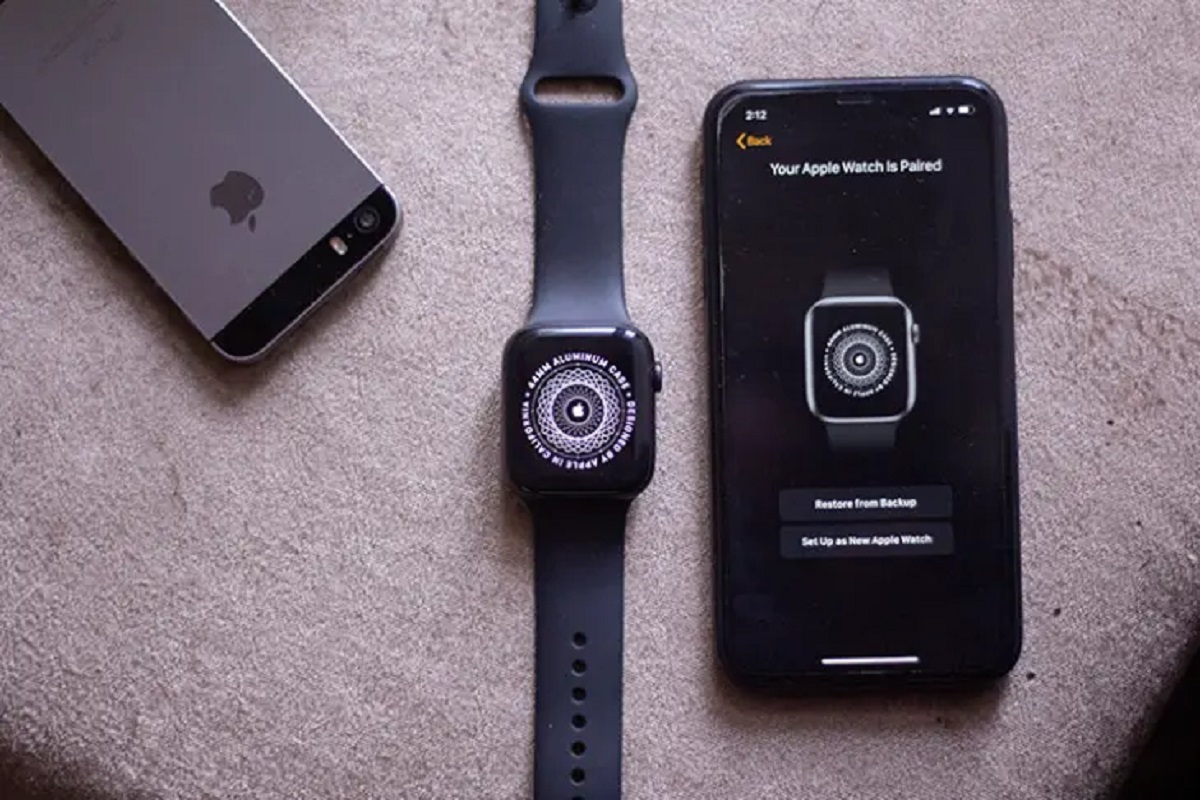The Basics of Apple Watch Storage
Apple Watch is a popular wearable device that not only keeps track of your fitness activities but also allows you to stay connected with notifications, calls, and messages. One crucial aspect of the Apple Watch that often goes unnoticed is its storage capacity. Just like any other electronic device, the Apple Watch comes with a limited storage space that you need to manage effectively.
Depending on the model, the Apple Watch typically offers storage options ranging from 8GB to 32GB. This space is used for storing various data, including apps, music, photos, and other files. It’s essential to understand how the storage on your Apple Watch is organized to optimize its performance and ensure you have enough space for your needs.
In the world of Apple Watch storage, you might come across a category called “Other,” which contributes to the overall storage footprint of your device. This “Other” category can take up a significant amount of space, leaving you wondering what it comprises and how to manage it effectively.
The “Other” category in Apple Watch storage refers to the miscellaneous data that doesn’t fit into any specific category like apps, music, or photos. It encompasses a range of data, such as system files, caches, temporary files, logs, and app data. This category is created by the system and apps to ensure the proper functioning of your device but can sometimes accumulate more data than necessary if not managed correctly.
Managing the “Other” category is crucial to ensure that you have enough free space on your Apple Watch for the apps and data you actually want to have. By managing the storage effectively, you can optimize the performance of your device and avoid any performance issues caused by excessive data accumulation.
If you’re curious about the amount of storage space occupied by the “Other” category on your Apple Watch, you can check it in the Watch app on your connected iPhone. Simply open the app, go to General, and then select Usage. Here, you’ll find a breakdown of the storage usage, including the amount occupied by the “Other” category.
In the next section, we will explore why the “Other” category takes up storage space on your Apple Watch and what falls under this category.
What Is Other in Apple Watch Storage?
When you check the storage usage on your Apple Watch, you may notice a category called “Other.” This category refers to the data that doesn’t fall under specific categories like apps, music, or photos. It consists of various types of data that contribute to the overall storage capacity of your Apple Watch.
The “Other” category includes system files, caches, temporary files, logs, and app data. System files are essential for the proper functioning of your device and support the operating system. Caches are temporary storage locations that store data to improve the performance of apps, such as loading screens and frequently accessed information. Temporary files are created temporarily by apps and can be deleted when they are no longer needed. Logs record activity and information about system processes and app usage, which can be helpful for troubleshooting purposes.
App data within the “Other” category refers to the data generated by apps installed on your Apple Watch. This can include offline content, user settings, preferences, and other app-specific data. As you use various apps on your Apple Watch, they store data in this category to enhance your experience. This can include fitness and health data tracked by fitness apps, messages and conversations in messaging apps, and preferences and settings in utility apps.
While the data stored in the “Other” category is necessary for the smooth functioning of your Apple Watch and the apps installed on it, it can accumulate over time if not properly managed. This can lead to a significant amount of storage space being taken up, potentially affecting the performance of your device.
Understanding what falls under the “Other” category in Apple Watch storage helps you realize that it is a crucial part of the overall storage usage. By being aware of this category and taking steps to manage and optimize it, you can ensure that you have enough space for the apps and data you want to use on your Apple Watch.
Now that we have explored what the “Other” category entails, let’s delve into why it takes up storage space on your Apple Watch in the next section.
Why Does Other Take Up Storage Space?
The “Other” category in Apple Watch storage may raise questions as to why it takes up a significant amount of storage space. Understanding the reasons behind this can help you manage the storage effectively and optimize the performance of your Apple Watch.
One reason for the accumulation of data in the “Other” category is the necessity of system files. These files ensure the smooth operation of the device and support the functionalities provided by the Apple Watch’s operating system. While these system files are essential, they can occupy a considerable amount of storage space.
Caches are another contributor to the “Other” category. Caches store temporary data that apps access frequently, which helps improve performance and load times. However, over time, these cache files can accumulate and take up significant storage space. Clearing these caches periodically can help free up storage and enhance the overall performance of your Apple Watch.
Temporary files are created by various apps for temporary purposes, such as storing data while an app is running or downloading a file. While these files are necessary during app usage, they can remain on the device even after the temporary need has passed, contributing to the “Other” category. Regularly cleaning out these temporary files can help reclaim storage space.
Logs are another component of the “Other” category. They record activities and information about system processes and app usage. While logs can be useful for troubleshooting issues, they can accumulate and take up storage space. Managing these logs and deleting unnecessary ones can help maintain a healthy storage capacity on your Apple Watch.
App data generated by various installed apps is also part of the “Other” category. This includes offline content, user preferences, settings, and other app-specific data that contributes to storage usage. The amount of app data depends on the usage patterns and the types of apps installed on your Apple Watch. It is advisable to periodically review and delete unnecessary app data to optimize storage capacity.
By understanding why the “Other” category takes up storage space, you can take proactive measures to manage and reduce its impact on your Apple Watch. Being mindful of system files, caches, temporary files, logs, and app data helps you effectively allocate storage space and maintain a smooth and efficient user experience.
Now that we know why the “Other” category contributes to storage usage, let’s explore what falls under this category in the next section.
What Falls under the Other Category?
The “Other” category in Apple Watch storage is a catch-all term for various types of data that do not belong to specific categories like apps, music, or photos. Understanding what falls under this category can help you gain insights into the components contributing to the overall storage usage of your Apple Watch.
System files are a significant part of the “Other” category. They are essential for the proper functioning of your Apple Watch’s operating system. These files include system libraries, frameworks, and other components required for the device to run smoothly. While necessary, they can take up a significant amount of storage space.
Caches are temporary storage locations used by apps to store data that can be accessed quickly. This data includes information like images, web pages, and frequently accessed data. Caches help improve app performance and reduce loading times. However, over time, these cache files can accumulate and contribute to the “Other” category’s storage usage.
Temporary files are created by apps for various temporary purposes, such as storing data during app usage or while downloading files. These files are typically meant to serve a specific function for a limited time. However, if they are not properly managed, they can remain on the device and contribute to the “Other” category.
Logs are another component of the “Other” category. They record system activities and app-specific information, which can be useful for troubleshooting purposes. These logs can provide insights into any app or system issues that may have occurred. While logs can be helpful, over time they can accumulate and occupy storage space on your Apple Watch.
App data generated by installed apps is also part of the “Other” category. This includes data related to app usage, preferences, settings, and other app-specific files. For example, fitness apps store data related to your workouts and health statistics, messaging apps store message histories, and utility apps store user preferences. The amount of app data stored varies based on the apps you have installed and how you use them.
By understanding what falls under the “Other” category, you can have a better grasp on the types of data contributing to the storage usage on your Apple Watch. This knowledge empowers you to manage and optimize the storage effectively, ensuring that you have enough space for the apps and data that are important to you.
In the next section, we will explore how you can manage the “Other” category in Apple Watch storage to free up space and improve device performance.
How Much Storage Does Other Use?
The amount of storage occupied by the “Other” category on your Apple Watch can vary based on several factors, including the device model, usage patterns, and the types of apps installed. While it’s challenging to provide an exact number, it’s common for the “Other” category to take up a significant portion of the overall storage capacity on an Apple Watch.
System files, including the operating system and essential system components, can consume a considerable amount of storage space within the “Other” category. These files are necessary for the smooth functioning of your Apple Watch and support its features and functionalities. Depending on the device model and operating system version, the size of these system files can differ.
Caches also contribute to the storage usage of the “Other” category. The size of the cache files depends on the apps you use regularly, as well as the frequency and extent of their cache usage. Over time, cache files can accumulate and occupy a significant portion of the “Other” category’s storage space.
Temporary files, created by apps for temporary purposes, can also contribute to the storage usage within the “Other” category. The size of these files will depend on the specific apps you use and how frequently they interact with temporary data. While individual temporary files may not be large, their cumulative size can become significant if not managed periodically.
Logs record activity and information about system processes and app usage. These logs can be helpful for troubleshooting issues but can also occupy storage space within the “Other” category. Again, the size of the logs will depend on the duration and intensity of app usage, as well as any system events or errors that have occurred.
App data, including offline content, preferences, and settings, is another contributor to the “Other” category. The amount of app data stored will vary based on the apps you have installed and the extent of your usage. For example, apps that store large amounts of data, such as fitness tracking apps or media streaming apps, may consume more storage space within the “Other” category compared to simple utility apps.
To get an accurate breakdown of the storage usage on your Apple Watch, you can check the Watch app on your connected iPhone. Navigate to General and then select Usage to view a detailed breakdown, including the storage occupied by the “Other” category.
It’s important to keep in mind that the storage occupied by the “Other” category is not fixed and can fluctuate over time. Regularly managing and optimizing this storage category can help you free up space and ensure that you have enough room for the apps and data that are most important to you.
In the next section, we will explore ways to manage the “Other” category and reduce its storage footprint on your Apple Watch.
How Can I Manage Other in Apple Watch Storage?
Managing the “Other” category in Apple Watch storage is essential to optimize the storage capacity and performance of your device. While you cannot directly access or delete specific files within the “Other” category, there are several steps you can take to manage this storage category effectively:
1. Update your Apple Watch and apps: Keeping your Apple Watch and apps up to date ensures that you have the latest optimizations and bug fixes. Updates can help improve storage management and may reduce the size of the “Other” category by eliminating unnecessary files.
2. Clear app caches: Some apps allow you to clear their cache within their settings. Clearing cache files can free up storage space within the “Other” category. Check the settings of individual apps to see if they provide an option to clear cache data.
3. Delete and reinstall apps: If you notice that certain apps are consuming a significant amount of storage within the “Other” category, you can consider uninstalling and reinstalling them. This process can help eliminate any accumulated app data and cache files that may have contributed to the storage usage.
4. Reset sync data: In the Watch app on your iPhone, you can navigate to General > Reset > Reset Sync Data. This option resets the data that has been synced between your Apple Watch and iPhone, including app data. However, be cautious as this will delete all synced data, and you may lose any unsynced data.
5. Unpair and pair your Apple Watch: If you still find that the “Other” category is taking up a significant amount of storage, you can unpair and then pair your Apple Watch with your iPhone again. This process will erase all data from your Apple Watch and reset it to its factory settings, including the storage within the “Other” category. However, ensure that you have a backup of your data before proceeding with this step.
6. Check app usage: Review the apps you have installed on your Apple Watch and consider if there are any that you no longer use or need. Removing unnecessary apps can help reduce the overall storage usage, including the “Other” category.
It’s important to note that managing the “Other” category in Apple Watch storage requires ongoing vigilance. Regularly monitoring the storage usage, clearing caches, and removing unnecessary apps can help optimize the storage space on your Apple Watch and ensure a smooth user experience.
In the next section, we will discuss some tips and best practices for reducing the storage footprint of the “Other” category on your Apple Watch.
Tips for Reducing Other Storage on Apple Watch
Managing the “Other” category in Apple Watch storage is crucial for optimizing the device’s performance and ensuring you have enough space for your apps and data. Here are some useful tips to help you reduce the storage occupied by the “Other” category on your Apple Watch:
1. Regularly update your Apple Watch: Keeping your Apple Watch up to date with the latest software version can help improve storage management and optimize performance. Updates often include bug fixes and optimizations that may reduce the size of the “Other” category.
2. Limit app installations: Be mindful of the apps you install on your Apple Watch. Install only the essential apps that you frequently use to avoid unnecessary data accumulation in the “Other” category.
3. Clear app caches: Some apps have settings that allow you to clear their cache. Clearing app caches regularly can free up storage space within the “Other” category. Check the settings of individual apps to see if this option is available.
4. Delete and reinstall apps: If you notice that certain apps are taking up a significant amount of storage within the “Other” category, consider uninstalling and reinstalling them. This process can eliminate any accumulated data and cache files that may be contributing to the storage usage.
5. Use Apple Watch companion apps: Many apps have companion apps for iPhone that allow you to offload data storage from your Apple Watch. You can check if any of your frequently used apps have companion apps and make use of those to reduce the storage usage on your Apple Watch.
6. Reset sync data: In the Watch app on your iPhone, you can navigate to General > Reset > Reset Sync Data. This option clears the data synced between your Apple Watch and iPhone, including app data. However, be aware that this will delete all synced data, so ensure you have a backup of important data before proceeding.
7. Unpair and pair your Apple Watch: If you have tried other methods and the “Other” category continues to take up a significant amount of storage, you can unpair and then pair your Apple Watch with your iPhone again. This process resets your Apple Watch to factory settings, including the storage within the “Other” category. Remember to back up your data before unpairing your Apple Watch.
8. Regularly monitor storage usage: Keep an eye on the storage usage of your Apple Watch through the Watch app on your iPhone. By regularly checking the breakdown of storage usage, you can identify any significant changes and take appropriate measures to manage the “Other” category.
By implementing these tips and following best practices, you can effectively reduce the storage footprint of the “Other” category on your Apple Watch. This ensures that you have sufficient space for your apps and data, leading to improved performance and a better overall user experience.
In the next section, we will conclude our discussion on Apple Watch storage and provide a brief recap of the key points covered.
Conclusion
Managing the storage on your Apple Watch is essential for maintaining performance and ensuring you have enough space for your apps and data. The “Other” category in Apple Watch storage can accumulate a significant amount of data, including system files, caches, temporary files, logs, and app data. By understanding what falls under the “Other” category and why it takes up storage space, you can make informed decisions about managing and optimizing your Apple Watch storage.
We discussed various strategies for managing the “Other” category, such as updating your Apple Watch and apps, clearing app caches, deleting and reinstalling apps, resetting sync data, unpairing and pairing your Apple Watch, and monitoring storage usage. These tips can help you reclaim storage space and optimize the performance of your device.
Remember to regularly evaluate the apps you have installed, clear unnecessary caches, and stay vigilant about storage usage. By effectively managing the “Other” category, you can ensure a smooth and efficient user experience on your Apple Watch.
Thank you for reading, and we hope you found this guide helpful in understanding and managing the “Other” category in Apple Watch storage. Enjoy utilizing your Apple Watch to its fullest potential!







